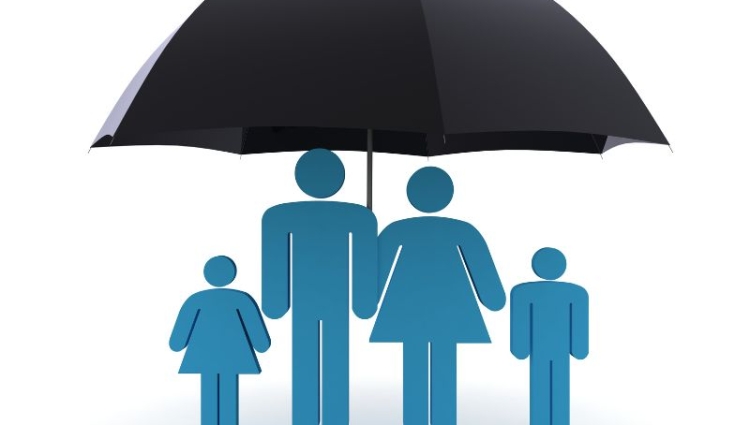If you’re like most people, your budget probably doesn’t stretch very far when it comes to protecting your assets. But that doesn’t mean you have to let expensive repairs and replacement costs ruin the financial security of your home or other valuable possessions. Personal Umbrella Insurance is one solution that can protect your home and other valuable property from costly damage without costing a whole lot of money. This guide will take you through everything you need to know about personal umbrella insurance so that you can get started today.
What is Personal Umbrequisite Insurance?
Personal Umbrella Insurance provides coverage for your assets, including your home, in the event of a liability, or “umbrella” claim. Essentially, if you are sued and found liable, your policy will come into effect and help you pay for any damages related to the lawsuit. If you have any assets that you want to protect, such as your house, car, or personal belongings, you likely don’t want to risk losing them if someone sues you. However, if you are found liable for an accident or a mishap, you may be forced to foot the bill for the damages.
Why is it needed?
To put it simply, your assets are at risk. If someone causes damage to your home, car, or other assets, you may have to pay for the repairs or replacement. If that happens, it could wipe out your savings. On top of that, you could end up paying hefty fines and penalties if you are found guilty of causing the damage. Luckily, there are ways to protect your assets. One of them is to purchase umbrella insurance. This type of insurance will help protect your assets if you are found liable for causing damage to others. If your assets are damaged, you won’t have to foot the bill if you have insurance to help you pay.
How does it work?
Umbrella insurance works by placing a limit on the amount that the policyholder is responsible for in the event of a liability claim. When you purchase a policy, you tell the insurance company what is covered and what is not. If you are sued for damages and found liable, the insurance company will step in and cover the losses. The limit is usually set at a certain percentage of the policy. For example, if your policy has a $1 million limit and a liability claim is 10 percent of that, the policyholder would be responsible for $100,000. While the policyholder will not be liable for the entire amount, he/she will have to pay some amount. Depending on the specific coverage, the policy holder could end up paying out of pocket in damages or being forced to pay a lump sum.
The Types of Coverage
- Comprehensive: Provides protection if something damages an entire building. The policyholder will have to pay for the damages, but will not have to foot the bill for specific items, like the roof or appliances. - Fire: If a fire damages anything inside the home, the policyholder will not have to pay for the specific items, just the home itself. - Wind: This covers damage from windstorm or hurricane conditions. It is usually a rider on a comprehensive or fire policy. - Lightning: This provides coverage if lightning strikes the home or causes other types of damage.
Summing up
Umbrella insurance is a type of insurance that can protect your assets, such as your house and car, in the event of a liability claim. It works by placing a limit on the amount that the policyholder is responsible for in the event of a liability claim. If you are sued, you will not have to pay for damages if the policyholder has insurance to help pay. There are several different types of coverage you could choose, like comprehensive or fire. And, depending on the policy, you could also add a rider for lightning. This guide will take you through everything you need to know about personal umbrella insurance so you can get started today.




 And then Add to Home Screen.
And then Add to Home Screen.